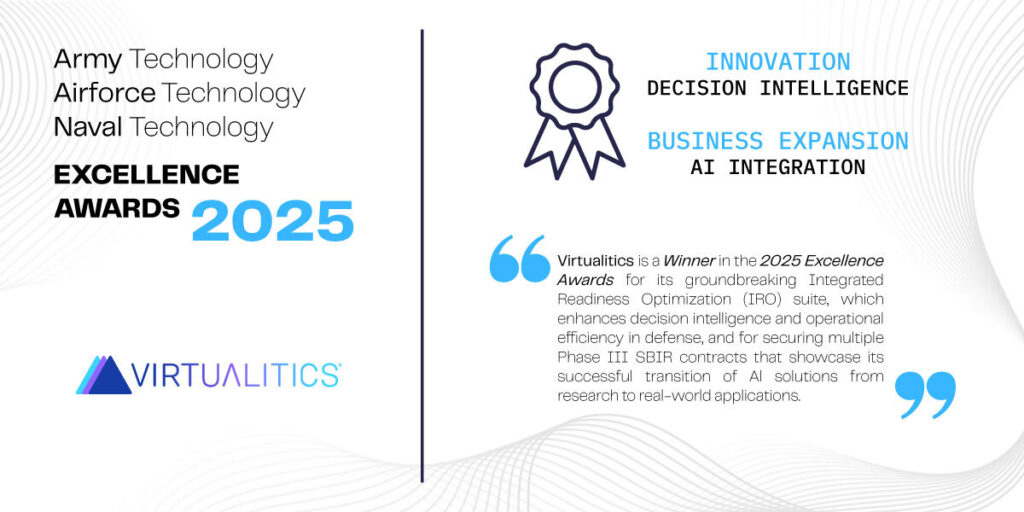Generative AI tools like ChatGPT have emerged as potentially powerful assets for businesses across various industries. However, not everything created by generative AI has value, and some of it carries significant risks. The question is, what do users need to do to find strategic and safe uses for generative AI?
At the most basic level, generative AI is simply the ability to give AI a prompt and have it create new material. There are a lot of different kinds of AI, in addition to the large language models (LLMs) like ChatGPT that possess the ability to compose human-like text. These easily accessible tools are now being asked to create content ranging from resumes, to code, to poetry, to travel itineraries…with a lot of excitement, but varying degrees of success.
Organizations and individuals are recognizing the massive potential of generative AI, anxious to be among the first to benefit from the technology. But that enthusiasm has already introduced risk, such as the data leak from Samsung employees who were using ChatGPT and uploaded sensitive code. Instead, organizations are looking to develop their own internal generative AI or to work with companies that can deploy the technology for them safely. Companies that will be successful in using generative AI will need to make sure they do a few things right upfront if they want their AI to return meaningful strategic advantage, not just be a gimmick.
Define Clear Objectives
Before incorporating generative AI tools, it is crucial to establish clear objectives. Determine how you envision your organization benefiting from these tools and define specific potential use cases. For instance, you could enhance customer support, automate specific processes, or generate creative content. Defining your objectives will help guide you in selecting an AI tool or creating your own in alignment with your business goals.
Your first objective should be preventing generative AI from being an unnecessary veneer to brush up old systems. A basic dashboard that is “explained” by a tool like ChatGPT is still a basic dashboard with the same knowledge (or lack thereof) as ever. We are already seeing tools being marketed “…with ChatGPT” as generative AI success stories when the use of the tech isn’t actually providing deeper understanding or any other benefits.
Use your data to help you define your objectives. Projects that are currently “hot topics” or the personal favorite of leadership may or may not be good use cases for generative AI. It’s critical that everyone understands what the AI can do, what it cannot do, and where it can be most impactful. Your data can reveal real opportunities if you explore it diligently.
Require Robust Data Governance
Generative AI models like ChatGPT are only beneficial if they have substantial amounts of training data. It is vital to establish robust data governance practices to ensure safe and ethical usage of AI. An organization using an outside generative AI tool should be sure they truly understand the data sources and processes used to train the model.
Any system that accesses your data requires strong privacy and security measures to protect sensitive information. Transparency regarding data usage and obtaining the necessary consent from users are also essential steps toward maintaining trust and complying with privacy regulations.
Models Must Be Expertly Trained, Tuned, and Validated
Training generative AI models involves providing large datasets and fine-tuning them to meet specific requirements, all while exercising responsible AI practices. Training data needs to be monitored for biases, while also being checked for diverse representation so that biased data doesn’t perpetuate unfair or discriminatory content. Data scientists should continuously assess and update the model to improve its performance and address any unintended consequences.
Before deploying generative AI tools in real-world scenarios, it is crucial to conduct thorough quality assurance (QA) checks as well. Developers should have a comprehensive QA framework to assess the generated outputs for accuracy, relevance, and safety against established guidelines. Keeping humans in the loop when training AI models provides vital feedback on the system’s responses. Developers should refine the model based on the feedback received, enabling it to improve and deliver more reliable and valuable outputs over time.
Demand Transparent and Explainable AI
Generative AI tools, such as ChatGPT, can sometimes generate responses that are difficult to explain or comprehend. In fact, these models want so badly to provide a result to you that they may even hallucinate a completely inaccurate response. Organizations that expect to use generative AI to gain strategic advantages can only do that if their models include explainability.
Organizations should select or develop tools that incorporate techniques designed to help users understand how the AI system arrived at a particular response. Providing clear information about the limitations and capabilities of the system enhances trust and helps users make informed decisions.
Generative AI tools like ChatGPT hold immense potential for businesses seeking innovative ways to engage with customers, streamline operations, and foster creativity. However, unlocking this potential requires a diligent and cautious approach. By following these steps, companies can safely and successfully integrate generative AI tools into their operations. With careful planning, these tools can become valuable assets, empowering organizations to drive growth, innovation, and customer satisfaction in the era of AI.






